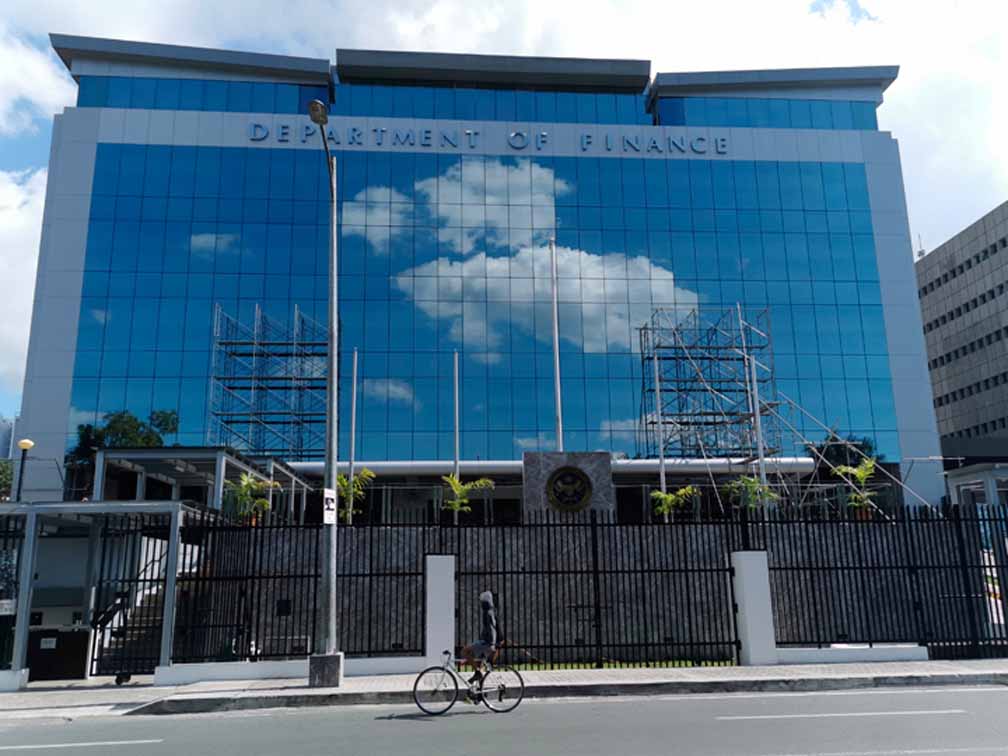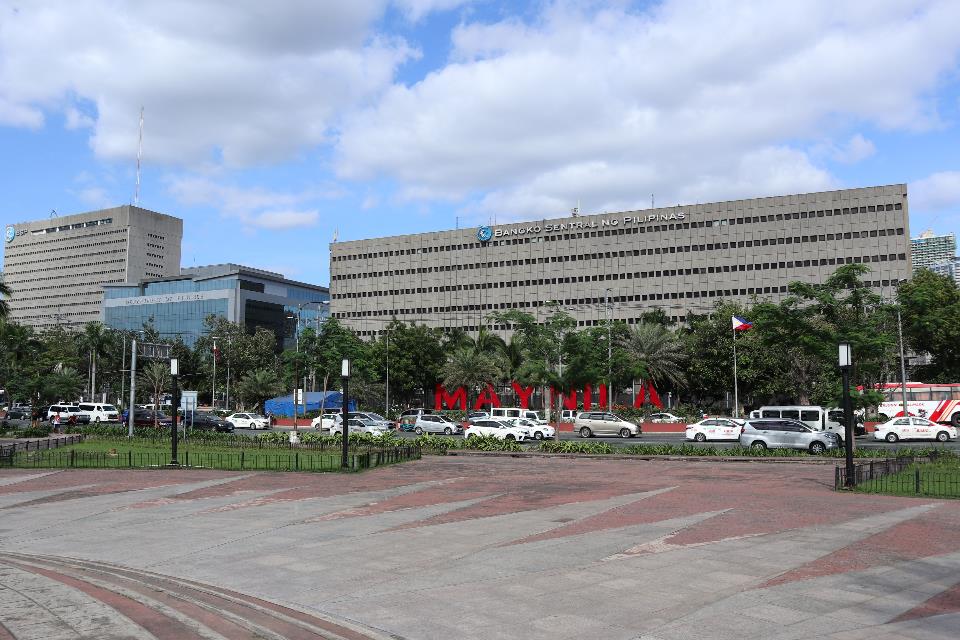No matter the weakening of the local currency the peso, the economic managers said local output growth should remain strong as a weaker peso helps spur consumption.
Socioeconomic Planning Secretary Ernesto M. Pernia said the depreciation of the peso would be good for consumption spending, a major growth driver for the Philippines.
“I think, we can sustain the P50-to-P51 [to the dollar]. I’m sure P50 will be okay. It will be good for exports and also overseas Filipino worker [OFW] families who are getting remittances and the business process outsourcing [BPO] sector,” Pernia said. “The downside is imports will become more expensive, but there are always pros and cons. I think the pros will outweigh the cons,” he added.
Finance Secretary Carlos G. Dominguez III said the overall impact of the depreciation of the peso will be “positive” for the economy.
Dominguez added that the weakening of the peso makes the country’s BPO sector more competitive and less susceptible to the protectionist trade measures that may be imposed by US President-elect Donald J. Trump.
While there are concerns about the outcome of the recent US elections, Dominguez said its impact on the Philippines is not yet certain.
He added that President Trump is not a “traditional Republican” and there is no telling what kind of economic policies he will roll out.
Nonetheless, if the US will take on a more protectionist stance on trade, Dominguez said the Philippines can weather any negative impact on export revenues as the country is not export-dependent.
“We have declared that we are reorienting our economy toward Asia and we are going to have less reliance on the West. I think that was very prescient of the President who gave that direction,” Dominguez said.
Data from the Bangko Sentral ng Pilipinas (BSP) showed that foreign exchange rate breached the 47 mark in November last year.
BSP data also showed that the exchange rate averaged P48.342 to $1 in October. The figure is nearly P1 higher than the level recorded in September. On Tuesday the
peso closed at 49.170 against the greenback, slightly lower than the 49.20 recorded on Monday.


































2 comments
Why quote only the US dollar value vs. the peso ? is the peso also weakening against the Euro, the Japanese yen, the Korean won, the Chinese yuan, the British pound ?
I think common sense would tell us that it is more positive for a net importing country to have a stronger currency since it would take less pesos to pay for purchases/imports. Further spurring consumer spending would mean spurring inflation. If I’m not mistaken money represents a share in the produce of a nation. A weaker inflation would mean that OFW’s families, exporters and those with interests abroad would receive more pesos in relation to their dollars and such increases would probably be enough to offset inflation. What about the poorest of the poor. They don’t receive more dollars. In fact, it’s more likely that the money they receive/earn remain constant at a relevant range; that would probably mean that with the continuous decline of peso, they will also get poorer than they already are.